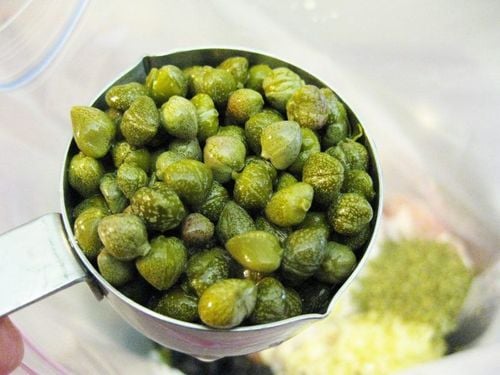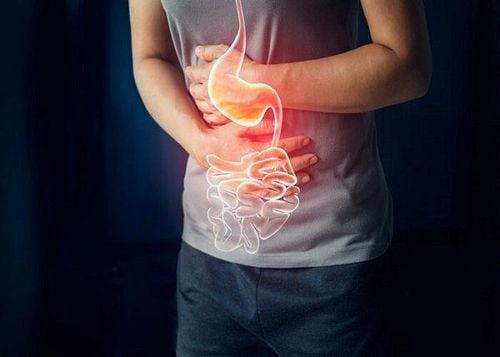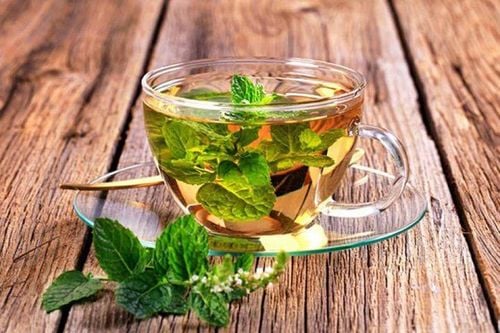This is an automatically translated article.
Betony is the name of an herb in the mint family (Lamiaceae) that has been used for healing since time immemorial. So how does the medicinal plant Betony work?
1. What is Betony?
What is Betony? Experimental or clinical studies to demonstrate the effectiveness of the medicinal plant Betony are limited. The antioxidant, antibacterial, and anti-inflammatory effects of the medicinal plant Betony have been demonstrated through either animal or laboratory studies.
Betony's scientific name is Stachys lavandulifolia (first described by Vahl) or Stachys officinalis (first described by Trevis), belonging to the Lamiaceae (Mint) family.
Medicinal Betony is a square-stemmed, clustered perennial belonging to the mint family. Betony is widely distributed throughout western and southern Europe. Distinctive features of the Betony medicinal plant include asterisk-shaped, hairy leaves, pink, white or purple flowers and blooms from June to September each year. Betony medicinal plant is about 1m high, the parts on the ground can be dried to make medicine. The medicinal plant Betony is native to Europe and is often grown as an ornamental in gardens and is widely used in Iran.
2. History of the medicinal plant Betony
The use of the medicinal plant Betony has been known since the time of the Ancient Roman Empire, when it was considered a panacea for many ailments. In the Middle Ages, this plant was likened to endowed with miraculous powers and continues to be used in traditional medicine today. Betony is sometimes used as a tea and can be used as an astringent to treat diarrhea or as a mouthwash in the treatment of oropharyngeal irritation.
The medicinal plant Betony was once used to treat anxiety and has been used as a tincture in the treatment of headaches.
3. Chemical composition of the medicinal plant Betony
The medicinal plant Betony contains about 15% tannin, which is an astringent. In addition, the ingredients in Betony medicinal plant also include Stachydrine, Oxy stachydrine, Caffeoylquinic, Caffeic, Chlorogenic and Rosmarinic Acid, Achillein, Betaine, Betonicin, Choline, Harpagide and Turicine.
One report mentioned 6 phenylethanoid glycosides from the aboveground parts of the medicinal plant Betony . In addition, some other components such as Sesquiterpenes, Flavonoids and Hydrocarbons have also been identified.
4. What are the uses of Betony?
Experimental or clinical studies to prove the use of the medicinal plant Betony are limited. However, the following uses can be mentioned:
4.1. Anti-inflammatory Extracts of the terrestrial parts of the medicinal plant Betony show anti-inflammatory activity in a rat toxicity study model. Clinical studies have revealed no data regarding the potential anti-inflammatory effects of the medicinal plant Betony.
4.2. Antibacterial In vitro studies have shown that the essential oil of the medicinal plant Betony (S. officinalis) has antifungal activity against strains of Aspergillus and Candida albicans.
Clinical studies in humans show no data regarding the use of the medicinal plant Betony as an antibacterial agent.
4.3. Antioxidant activity Depending on the extraction method, the medicinal plant Betony (S. officinalis) demonstrated significant antioxidant properties included in a lipid peroxidation assay. However, human clinical studies have not documented the use of the medicinal plant Betony with potential antioxidant properties.
4.4. Endocrine The effects of S. lavandulifolia were compared with Medroxyprogesterone for effects on abnormal uterine bleeding in women with polycystic ovary syndrome (PCOS) in a long-term randomized controlled trial. about 3 months. The women in the study were randomized to receive either Medroxyprogesterone for 10 days at a dose of 10 mg/day (starting from day 14 to day 24 of 3 consecutive menstrual cycles) or to a tea made from all parts of the face. soil of the medicinal plant Betony (5g per 100mL, taken 3 times daily starting from the first day of the first cycle until the last day of the 3rd cycle).
Both Betony and Medroxyprogesterone teas significantly improved symptoms of abnormal uterine bleeding at age-adjusted rates. The medicinal plant Betony has been shown to be as effective as Medroxyprogesterone, because the difference in effectiveness between them is not significant. However, the degree of reduction in ultrasound abnormalities was higher in Betony than in Medroxyprogesterone. Although no statistically significant difference in adverse events was observed between the 2 treatment groups, approximately 9.1% of women in the Betony group experienced amenorrhea after 3 months of treatment, in when the initial incidence is 0%.
5. Dosage of Betony
There is no clinical evidence to guide the dosage of the medicinal plant Betony for human use. Traditional instructions include 1 to 2g of Betony medicinal plant per day in 3 divided doses and 1 ounce of herb per liter of boiled water.
6. Some other notes related to the medicinal plant Betony
Avoid using Betony medicinal plant for pregnant and lactating women, because side effects have been noted. No interactions of the medicinal plant Betony have been recorded. Information on the side effects of the use of the medicinal plant Betony is limited. Of these, gastrointestinal disturbance was the only reported adverse event associated with the genus Stachys. Although there is little documented evidence for the toxicity of the medicinal plant Betony, overdose can cause gastrointestinal irritation due to its tannin content. Betony is the name of an herb of the mint family (Lamiaceae) that has been used for healing since ancient times and is still used today. However, studies on this drug are still limited. Therefore, patients only use the drug when directed and prescribed by the doctor.
Follow Vinmec International General Hospital website to get more health, nutrition and beauty information to protect the health of yourself and your loved ones in your family.
Please dial HOTLINE for more information or register for an appointment HERE. Download MyVinmec app to make appointments faster and to manage your bookings easily.
Reference sources: holevn.org, drugs.com












